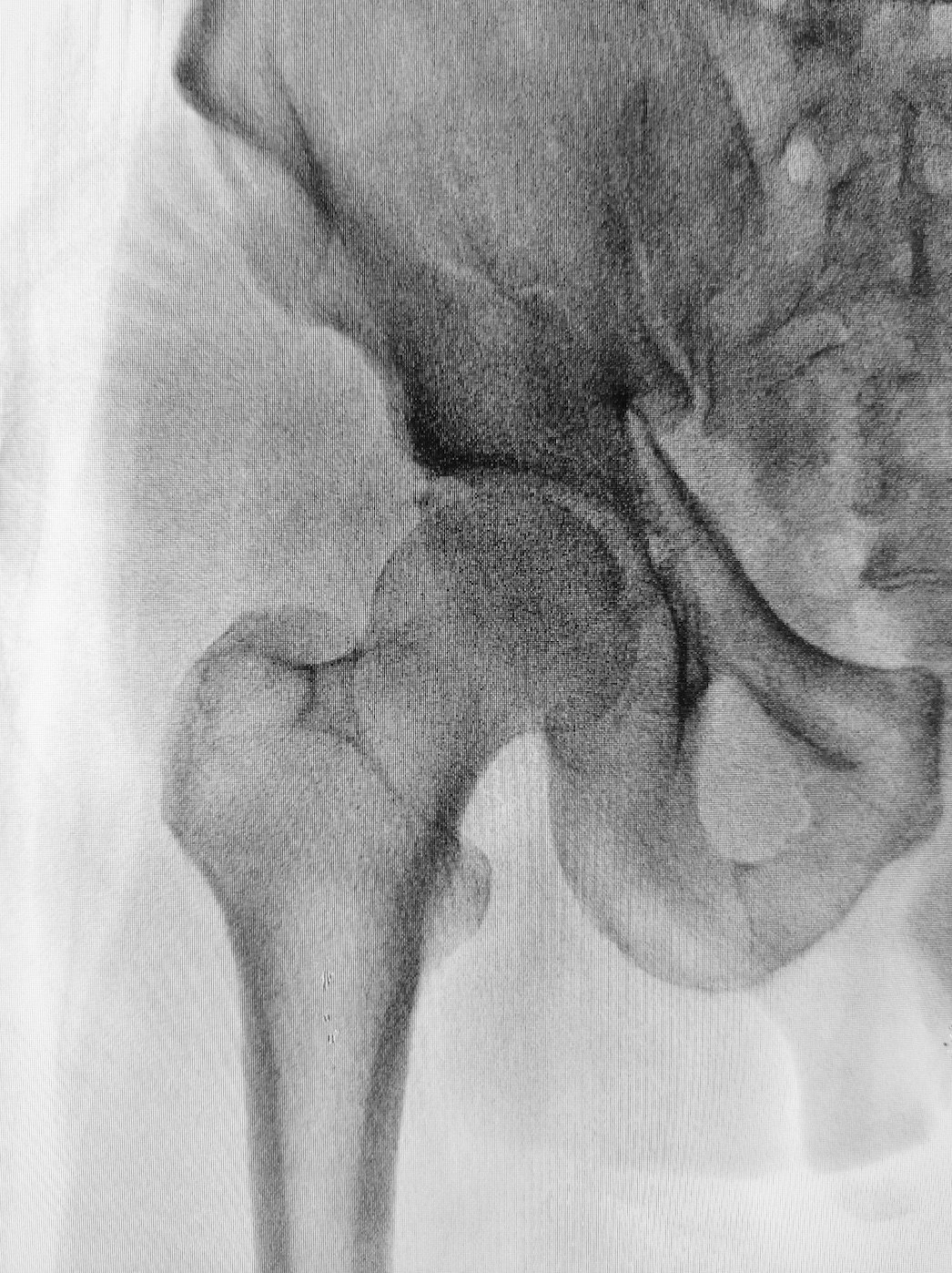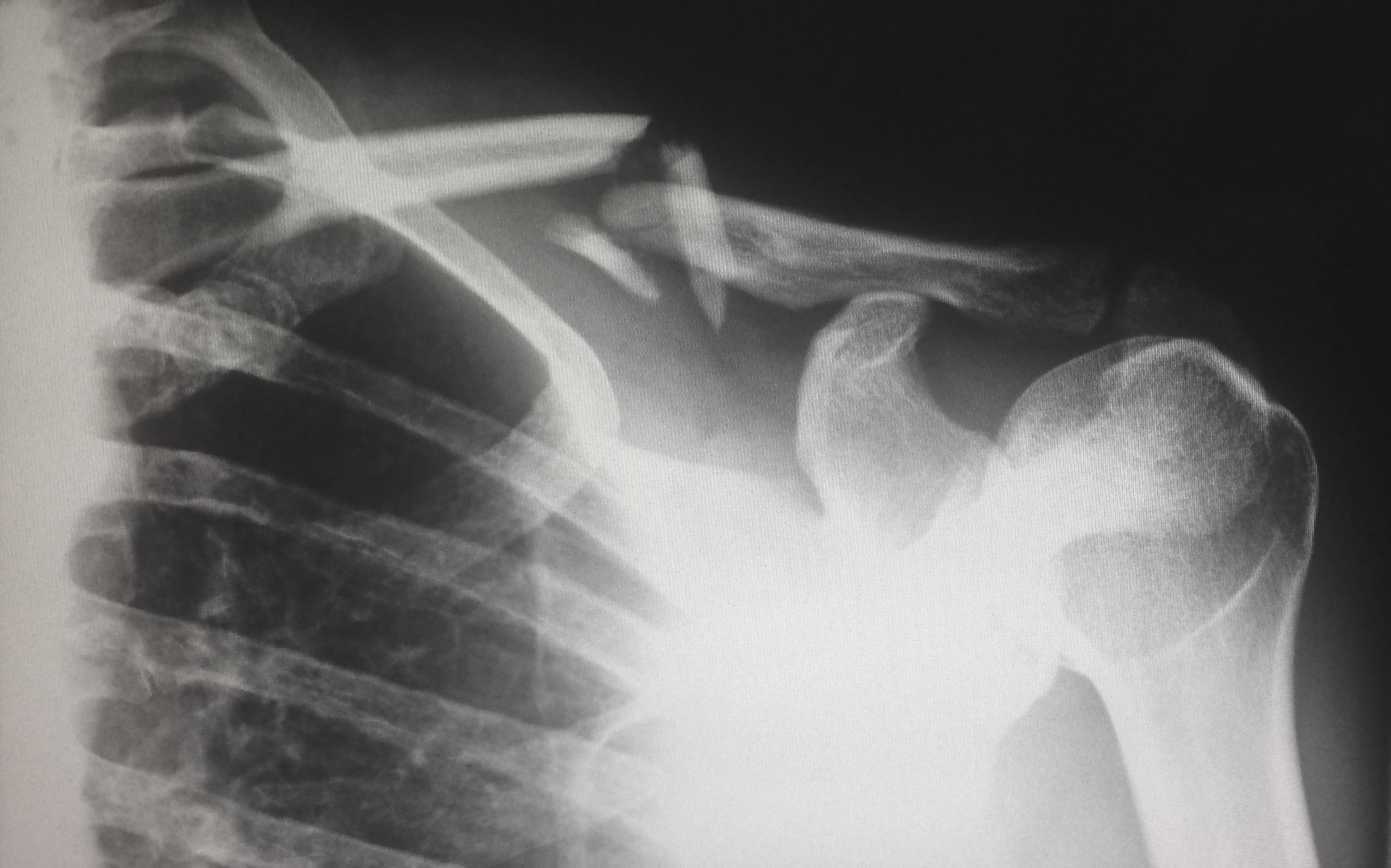If the swelling and bruising due to the fracture is excessive, MRI may be required for the extent of damage to the surrounding soft tissues.
Bone fracture is the deterioration of bone integrity by a direct or indirect trauma that exceeds the flexibility of the bone. It can develop anywhere in the bone. The main causes of fractures are traffic accidents, falls, impacts, sprains, domestic accidents, work accidents, sports accidents and injuries, objects falling on them, and traumas such as gunshot wounds. The force that creates the fracture can not only break the bone, but also injure the soft tissues (skin, muscle, tendon, vein, and nerves) around the bone.
The condition of the surrounding tissues is very important when evaluating the fracture and deciding on the treatment and timing. It may be necessary to wait for the right treatment. Swelling and bruising in the traumatized area, severe pain or limitation of movement, abnormal appearance, deformity, friction sound when the bone ends are moved, are the common symptoms.
What are the types of bone fractures?
Bone fractures are examined in 4 main groups.
Partial bone fractures: In these fractures, the integrity of the bone is partially impaired, but the bone is still in one piece. It can also be called half broken or cracked. In these fractures, the surrounding soft tissues are minimally damaged.
Simple bone fractures: In these fractures, the bone with impaired bone integrity is divided into two parts, but the positions of the bones are close to their natural positions and the surrounding soft tissues are slightly damaged.
Open bone fractures: This type of bone fracture is very serious. The broken bones move away from each other. At least one of the broken bones sticks out of the body. In these fractures, the integrity of the skin is impaired, and the ends of the bone can be seen from the outside, and there is a risk of bleeding and infection.
Fragmented bone fractures: In these fractures, bone integrity is impaired in more than one place. These fractures can also be called multiple fractures. Fragmented bone fractures should be taken seriously wherever they are in the body.
What are the symptoms of bone fracture?
As bone fractures are divided into various groups, fracture symptoms also vary. In partial and open fractures, there is loss of movement, and there are obvious symptoms such as severe pain with or without movement, regional swelling, oedema, and bleeding, while complaints are milder in simple and partial fractures. Deformity may not occur. Compared to open and fragmented fractures, loss of motion and function is less in simple and partial fractures.
Diagnosis of bone fractures

- in open fractures, bone fragments come out of the skin and can be easily seen.
- bruising due to bleeding occurs at the fracture site.
- if the fracture is closed, swelling occurs at the fracture site.
- deformity occurs in the fracture area.
- sensitivity increases in the fracture area due to contact, and the patient feels pain.
- mobility in mobile joints such as hands and fingers are severely reduced and painful.
- in fractures of small joints, the symmetry of the joint is disrupted.
Despite all these symptoms, x-rays should be taken in all fractures and the new position of the bones and the deformations in the bone should be determined by x-ray. If the swelling and bruising due to the fracture is excessive, MRI may be required for the extent of damage to the surrounding soft tissues.
What are the preventive measures for bone fracture?
- Most of the fractures occur due to traffic accidents. Seat belts must be worn in the vehicle. (If you are involved in such an accident, you may have the right to claim compensation for your injury. In such a case, you can learn about your rights by contacting CTP lawyers)
- People with osteoporosis should avoid intense physical activity and exercise.
- Those who engage in sports activities (football, skiing, cycling, motorcycle) that involve dangers such as falling and hitting should definitely use protective equipment suitable for their activity.
- Shoes should not be chosen that will cause adverse situations such as slipping and snagging that make walking difficult.
- Smoking and alcohol consumption should be reduced whenever possible.
- The risks of accidents in the workplace should be minimised. Preventive measures should be taken for this. A bone fracture can be very serious. In such a case, you may even be permanently injured. If you have suffered such an injury, you may be entitled to compensation for your situation. For this, you can contact TPD lawyers in Sydney and get information about the subject.
- There should be holding devices around wet floors (bath, shower cabin, etc.) as indoor protection measures.
- Calcium and vitamin D supplements should be made to strengthen the bone structure.


Join the conversation!